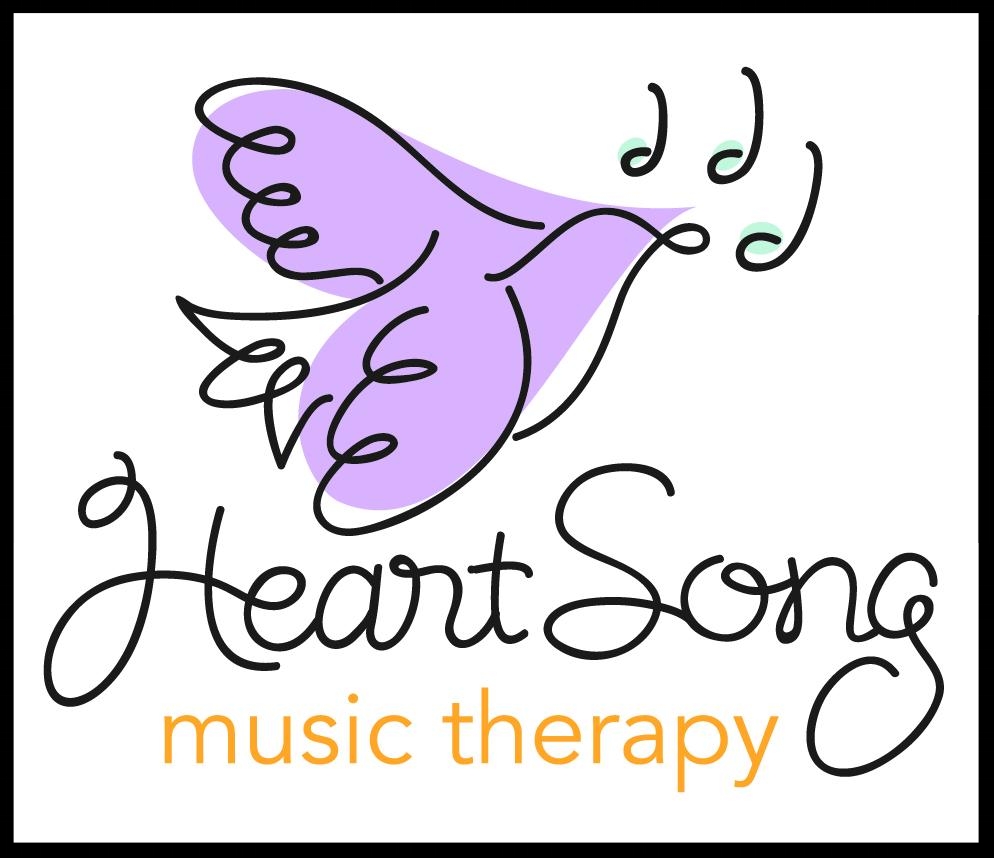Music is always impactful, but there are definitely moments where the power of music is breathtaking. Today was one of those days. I went to make my monthly hospice visit with a lady residing in a memory care unit. I’ve been seeing this lady each month for a good portion of the year, and each visit has been hit or miss as to how she responds. The very first session, she was in a pleasant mood, sang along with some old favorites, and was able to communicate back and forth. Then there have been times (more often than not) when she does not want to be bothered and has swatted me away with her words and her hands! Whether it is her dementia, her loss of control and communication, her current living situation, or a combination of many things, she seems to mostly function at a very agitated and hostile level.
Before continuing the story, a little background behind my thinking is needed:
In school, we were taught about the physiological impact music can have on the body. The body will entrain with the rhythm and tempo of music, and so we can, as therapists, use the iso-principle to take someone’s current functioning level and increase or decrease the speed at which their body moves. This technique is especially useful for when someone is anxious or agitated and you can help slow down their breathing by gradually decreasing the tempo of notes or chords. On another note, I began a yoga training program this past Friday and if you don’t know anything else about yoga, the BREATH is the pinnacle of the entire practice. The breath is also seen as the “life force” within our bodies… can’t argue with that— the breath literally keeps our bodies operating. So, with all of these thoughts in mind, my story continues…
So, when I arrived at the memory care unit, I found my patient in her normal, isolated position, staring blankly at a television with others who are doing the same. I tell her that I am going to take her back to her room so I can play some music for her. Per usual, she stares off into space, without acknowledging my presence. When we get to her room, I let her know that I am going to play some soft music and that she is welcome to either just listen or participate. Her eyes are closed and held in a grimace as I begin playing songs that may have a positive impact on her based on her spiritual background and age. Nothing changes in her physical demeanor. I want so badly to connect with her and to be able to bring some comfort to her… then, I remember the breath. I don’t want to use my music to change her breath, though… I want to use the music to simply connect to her breath. I gauge the tempo of the guitar and voice to the rising and falling of her chest. I know the dementia has robbed her of the ability to interpret words or express her self, so I am looking for a way to bring back human connection. As the music and vibrations move with her breath, I am essentially saying, “I see you and I honor the life inside of you”. This non-verbal, energetic, emotional connection continues through 3 or 4 songs until at the end of the session, this beautiful spirit opens her eyes and I say to her, “Hello, Ms. _____. How are you?” She smiles and says, “I’m very well”. I ask her if she likes the music and she responds, “Yes, it is very beautiful”. She continues nodding her head to the music with a lighter affect until the final cadence. She then goes back into her silence and I take my cue to say goodbye. I wheel her back into the main room and hope and pray that our connection will continue to vibrate through her as she sits in a crowded solitude. I head to my car with gratitude in my heart for the moment we had together and for the gift of music; a gift than can reflect our essence and communicate pure love.
Namaste (the light in me honors the light in you),
Miquel Shanine, LPMT, MT-BC, NMT











